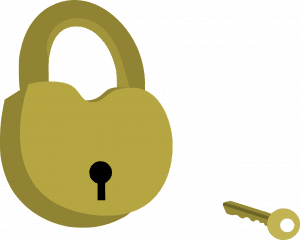Identity-Related Risks on the Web
Identity can be defined as the configuration of the set of elements that identify us; such as name, body biometrics, physical image, culture, personality and thought, among others.
When we surf the Internet we inevitably leave a trace: the searches we perform, the credentials we enter, the content we publish… These elements are part of our digital identity and are exploited by cybercriminals to achieve different objectives. In this sense, it is imperative that we take care to protect our identity, as well as those false identities, hoaxes and anonymous, the preferred masks of cybercriminals.
Cyberthreats masked on the Web
The Internet is a favorite tool for cybercriminals to exploit and disguise themselves, as it allows us to be whoever we want. Some of the strategies used by these malicious people are:
1 – SUPPLANTED IDENTITY
There are two ways in which our identity can be impersonated: by direct theft of our profile, web page, blog… or by plagiarism of our information in a new and false account.

Depending on the target of the cybercriminal, there are several types of identity theft on the network, although the most known are those of web pages (spoofing) and social engineering (phone calls, emails, sms), which seek to get hold of our personal and private data, in order to use them for their own benefit.
Lately, there are also being developed
deepfakes
(impersonations through artificial intelligence) very convincing ones focused on damaging the image of a person or entity, spreading fake news and carrying out scams such as the
CEO fraud
.
2 – FALSE IDENTITY

Although all impersonated identities are in fact false, truthful information is used to construct them. However, there are fake identities on the web that do not impersonate other people, but create totally fictitious characters or entities to deceive us. The most prolific fake identities are Grooming, Ghosting, Love Scams or covert stalking.
3 – ANONYMOUS IDENTITY

Having an anonymous identity on the network is not only normal, it is also desirable for many users who want to protect their privacy. But sometimes the proliferation of anonymous identities reflects malicious actions such as: cyberbullying and cyberbullying, threats and extortion, dissemination of harmful content or hacktivism.
How can we prevent these cyber threats?
We must always remember that the anonymous environment of the Internet has a disinhibiting effect on people, who perceive that their illicit behavior can easily go unpunished. That is why today
cybercrime moves more money than drug trafficking
. And although there is no such thing as 100% security, by following the recommendations below, you will undoubtedly be better protected:
- Configure the privacy of our accounts and make Egosurfing.
- Configure our router to make it secure.
- Distrust of any message or call requesting private information.
- Report to the competent authorities any account or web page that disseminates harmful content. Do not rely on the links they send us.
- Verify the identity of the people with whom we maintain contact, ensuring that they are who they say they are.
- Verify that the information we share is truthful and avoid creating or disseminating
harmful content and participate in collective lynchings.
- Create strong passwords and change them periodically.

